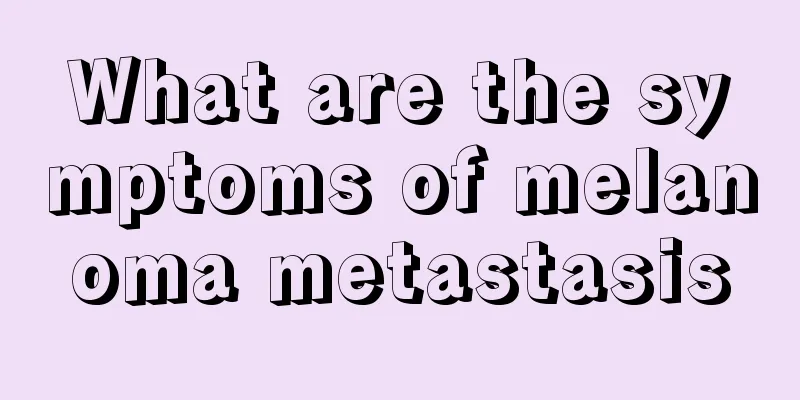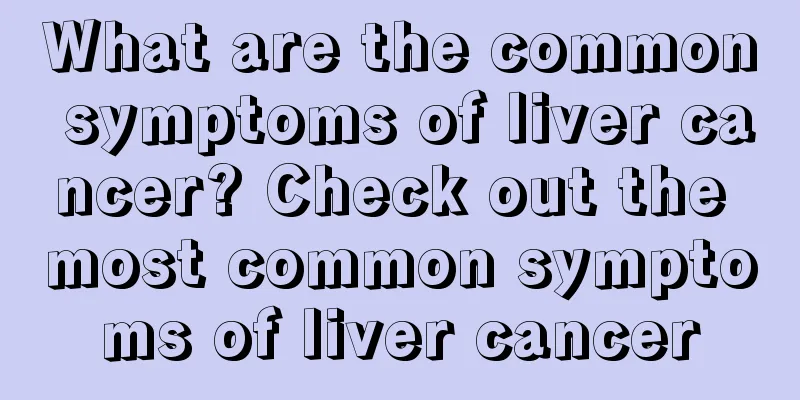What are the treatments for herpetic stomatitis

|
Herpes is a virus with many subtypes. Almost all parts of the human body can be infected with different herpes symptoms, causing different symptoms and pain manifestations. Among them, oral herpes is a type with a very high incidence rate. This type of herpes is also called herpetic stomatitis, which is very harmful to people's oral health. Let's take a look at how to treat herpetic stomatitis? Herpetic stomatitis is an infectious disease of the oral mucosa caused by the herpes simplex virus. It is clinically characterized by the appearance of clustered small blisters, is self-limited, and is prone to recurrence. Treatment principles: 1. Systemic antiviral treatment: nucleoside antiviral drugs and ribavirin. For primary herpetic stomatitis, acyclovir 200 mg/time, 5 times/day, or ribavirin 200 mg/time, 3-4 times/day can be taken orally. 2. Local treatment: Topical medication for the oral mucosa. Commonly used preparations include solutions, pastes, powders and lozenges, such as compound boric acid solution, 0.1% to 0.2% chlorhexidine solution for gargle, phthalamide ointment, acyclovir ointment for local application, tin powder, Yangyin Shengji powder for local use, chlorhexidine gluconate tablets for sublingual use, etc. For recurrent herpes labialis, local irradiation with helium-neon laser can also be used. 3. Symptomatic and supportive therapy: Patients with severe conditions should rest in bed. Those with difficulty eating can receive intravenous infusion and supplement with vitamins B and C, etc. 4. Treatment with traditional Chinese medicine. Differential diagnosis: 1. Stomatitis type aphthous ulcers: They are scattered small ulcers with repeated course and no blistering stage. The ulcers are mainly distributed in the mucosa with poor keratinization in the oral cavity. They do not cause gingivitis and are rare in children. There is no skin damage. 2. Trigeminal herpes zoster: caused by varicella-zoster virus. The blisters are arranged in a band along the trigeminal nerve, not exceeding the midline. The pain is severe and generally does not recur after healing. 3. Hand, foot and mouth disease: caused by Coxsackie A16 virus, scattered blisters and papules appear on the oral mucosa, palms, and soles of the feet in varying numbers. The blisters in the mouth are easy to break and form ulcers. 4. Erythema multiforme: a group of acute inflammatory skin and mucosal diseases involving the skin and mucous membranes, with target-shaped or iris-shaped erythema as typical lesions. The oral mucosa is congested and edematous, and erythema and blisters are sometimes seen. The blisters are easily broken, leaving behind erosive surfaces, and there is a large amount of exudate on the surface to form a thick pseudomembrane. |
Recommend
Diagnosis of esophageal cancer
Early detection and diagnosis of esophageal cance...
What are the symptoms of early lung cancer? Several common early symptoms of lung cancer
We know that human breathing is inseparable from ...
What diseases can cervical cancer be easily confused with?
Cervical cancer has no obvious symptoms in the ea...
What to do if you have heart failure?
As people's living standards improve, they la...
Peanut oil high blood lipids
In life, seasonings are definitely needed when co...
What are the early symptoms of nasopharyngeal cancer? How long is the average life expectancy of patients with nasopharyngeal cancer?
Nasopharyngeal carcinoma is a type of cancer that...
Why do people get uremia
Nowadays, many people do not pay much attention t...
What kind of plant is nettle
Plants are an indispensable substance in people&#...
A detailed introduction to the five major symptoms of brain cancer patients
To avoid the trouble of brain cancer, we must fir...
How to remove the food remaining in tonsils
Tonsils are mainly located in the throat, which i...
How to use a formaldehyde detector?
In a newly renovated home, all kinds of new furni...
It usually takes a few days for the swelling to subside after a foot injury
In daily life, if you are not careful and somethi...
Do prostate cancer patients have back pain?
When prostate cancer is in its early stages and i...
If you have itching in two places, should you be careful of liver cancer? Know the two major symptoms of liver cancer as early as possible
The liver is the most important of the internal o...
Is it OK to wear ordinary underwear while jogging
Jogging, as a sport that promotes the body's ...









